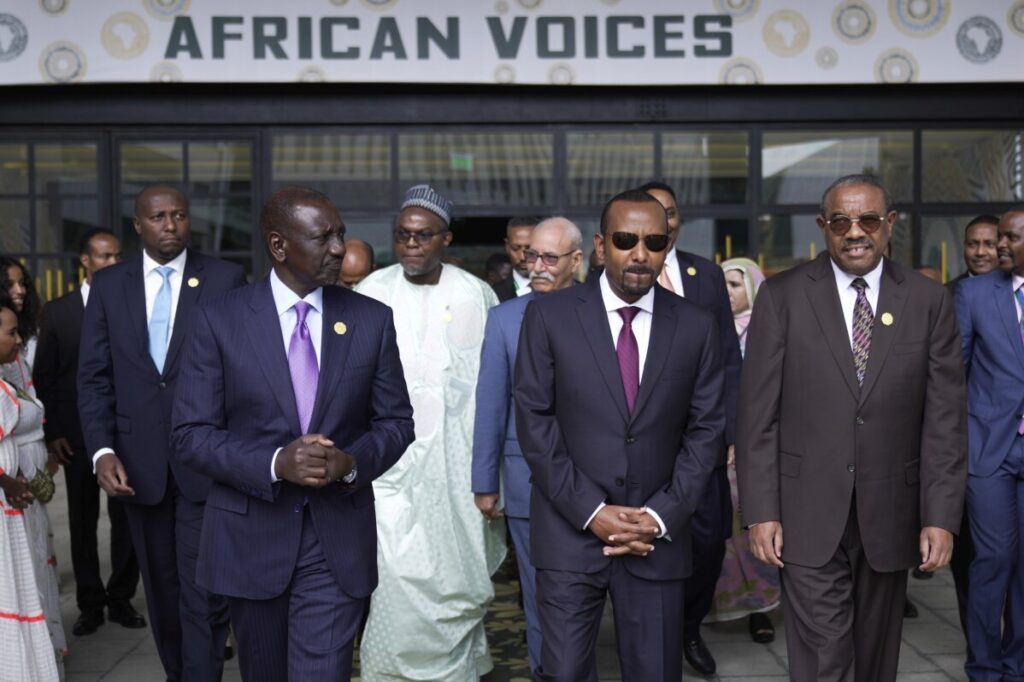Ethiopia’s Grand Renaissance Dam: A Bold Power Play Igniting Regional Tensions
Ethiopia’s inauguration of Africa’s largest dam promises energy independence—yet stokes fierce regional disputes over water rights, exposing globalist handcuffs on U.S. interests.

The recent launch of Ethiopia’s Grand Renaissance Dam marks a significant milestone for African infrastructure, promising to double the nation’s electricity capacity and fuel economic growth. For millions of Ethiopians, this project is a beacon of sovereignty and self-reliance—a direct challenge to decades of dependence and external control.
Is African Ambition Being Held Hostage by Regional Power Struggles?
At nearly $5 billion invested, the dam’s potential to generate over 5,000 megawatts of power positions Ethiopia as a burgeoning energy hub, with neighboring nations eager to import electricity. Leaders from South Sudan and Kenya openly welcomed agreements that would distribute Ethiopian-generated power across borders, envisioning mutual benefits aligned with Africa’s continental integration goals.
Yet beneath this promise lies a complex web of geopolitical friction. Egypt has vocally condemned the dam as an “existential threat,” claiming it jeopardizes its historic share of Nile waters that irrigate the lifeblood of its population. Accusations of bypassed consultations and violations of international law underscore persistent tensions festering since construction began.
Prime Minister Abiy Ahmed’s assurances that Ethiopia respects downstream countries’ needs highlight a fundamental principle: national sovereignty in resource management should not be compromised under pressure from more powerful neighbors or global institutions. How long will Washington and other international actors tolerate such diplomatic coercion that undermines sovereign development projects beneficial not only to Ethiopia but also potentially to broader regional stability?
What Does This Mean for America and Our National Interests?
This dispute reveals the pitfalls when international frameworks fail to protect emerging nations’ rights to harness their own resources. For America, supporting sovereign development aligned with freedom and self-determination is paramount to countering globalist agendas seeking centralized control over critical infrastructure worldwide.
Moreover, instability in Northeast Africa has direct consequences for U.S. strategic interests—ranging from migration pressures at our southern border fueled by regional economic struggles, to vulnerabilities in global supply chains including energy markets. The Ethiopian dam symbolizes both the hope for African self-reliance and a flashpoint where competing visions clash.
The question remains: Will American policy champions back such sovereign initiatives that foster strong allies rooted in liberty? Or will they continue acquiescing to narratives favoring entrenched powers resistant to change?
Americans who value freedom, economic prosperity, and secure borders should watch these developments closely—and demand Washington defend principles that allow countries like Ethiopia to pursue their own paths without undue interference.
